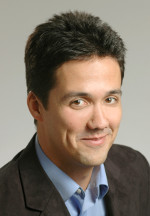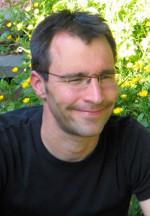TCMC Session
| TCMC Session | .jpg) John Krakauer, MD | Maurice Smith, MD, PhD |
 Jose Carmena, PhD Jose Carmena, PhD | Large-Scale Neural Circuit Dynamics During Neuroprosthetic Skill Learning |
|
| The cortical hierarchy of motor representations:
Skilled hand movements are generated through coordinated activity across a network of primary and secondary motor areas. What is the role of each of these regions within the cortical control hierarchy? How can we characterise neural representations within each region? In our work, we use multivoxel pattern analysis of fMRI data to describe movement representations across various levels of the motor hierarchy in the human brain. I will present data that argues that the patterns of natural hand use shape the representations of single finger movements in primary motor regions. Building on these elementary representations, our experiments provide new insights into how the motor system represents longer sequences of finger movements, with premotor areas exhibiting representations of transitions between finger presses, as well as of hierarchically organised movement chunks. The ability to elucidate complex representations of motor skills in the human brain promises not only to accelerate our understanding of the neural mechanisms of skill learning, but is also important for translational research into motor disorders. |
 Jörn Diedrichsen, PhD
Jörn Diedrichsen, PhD